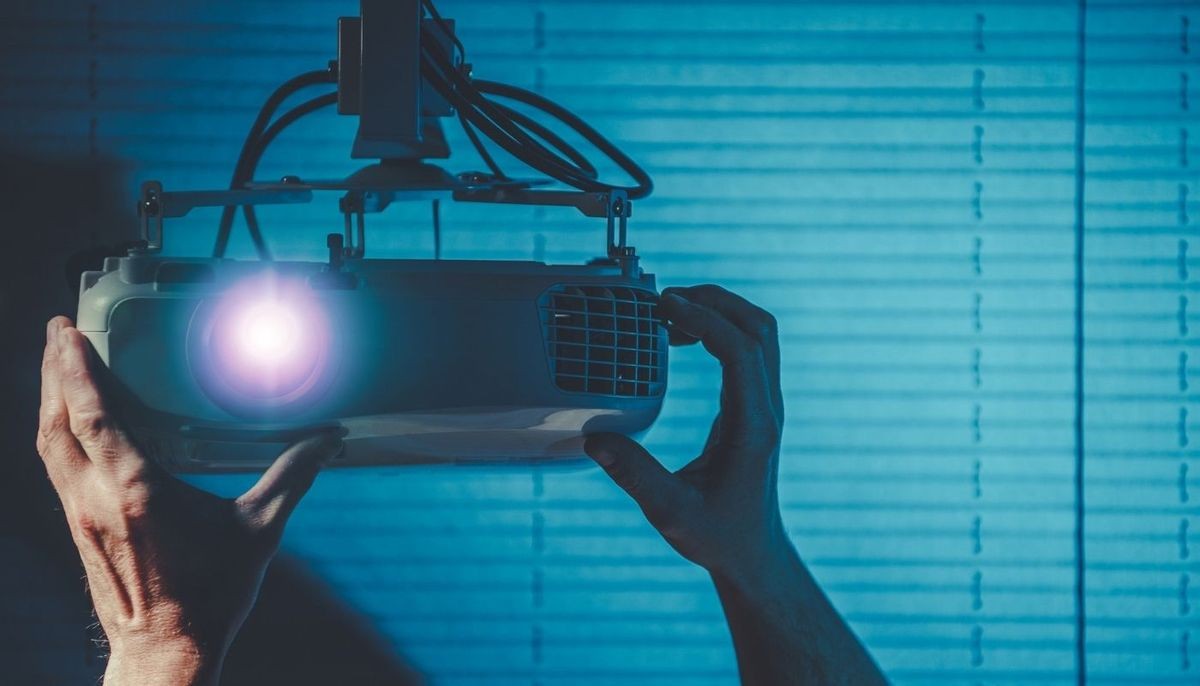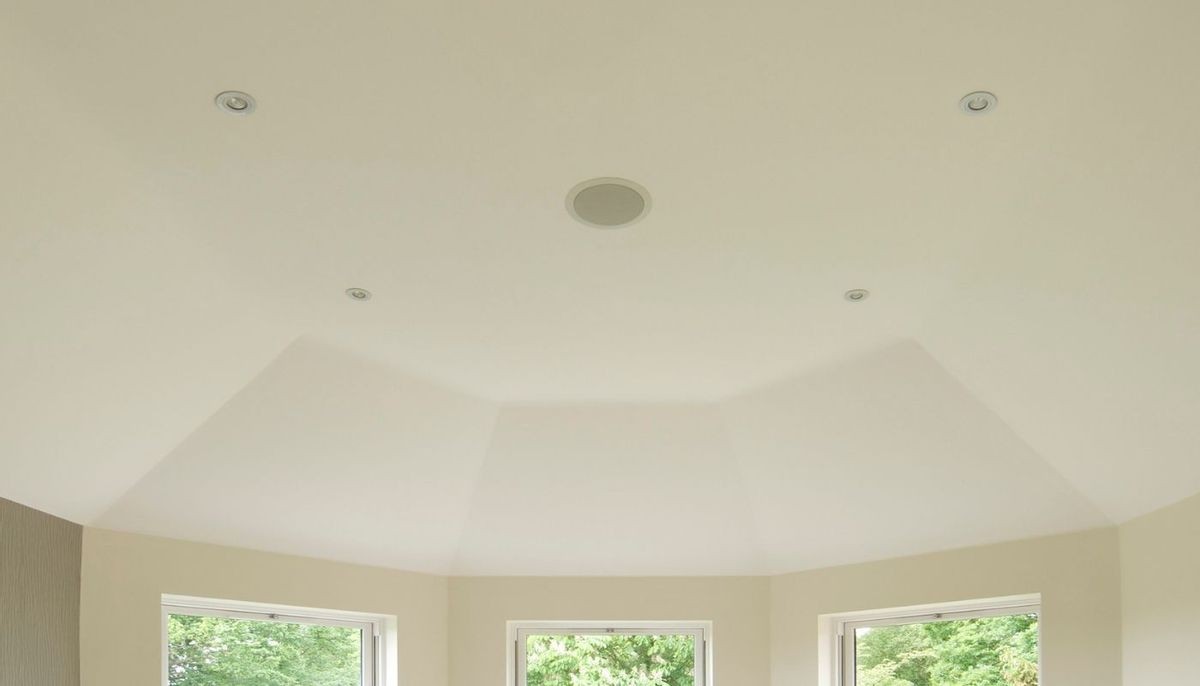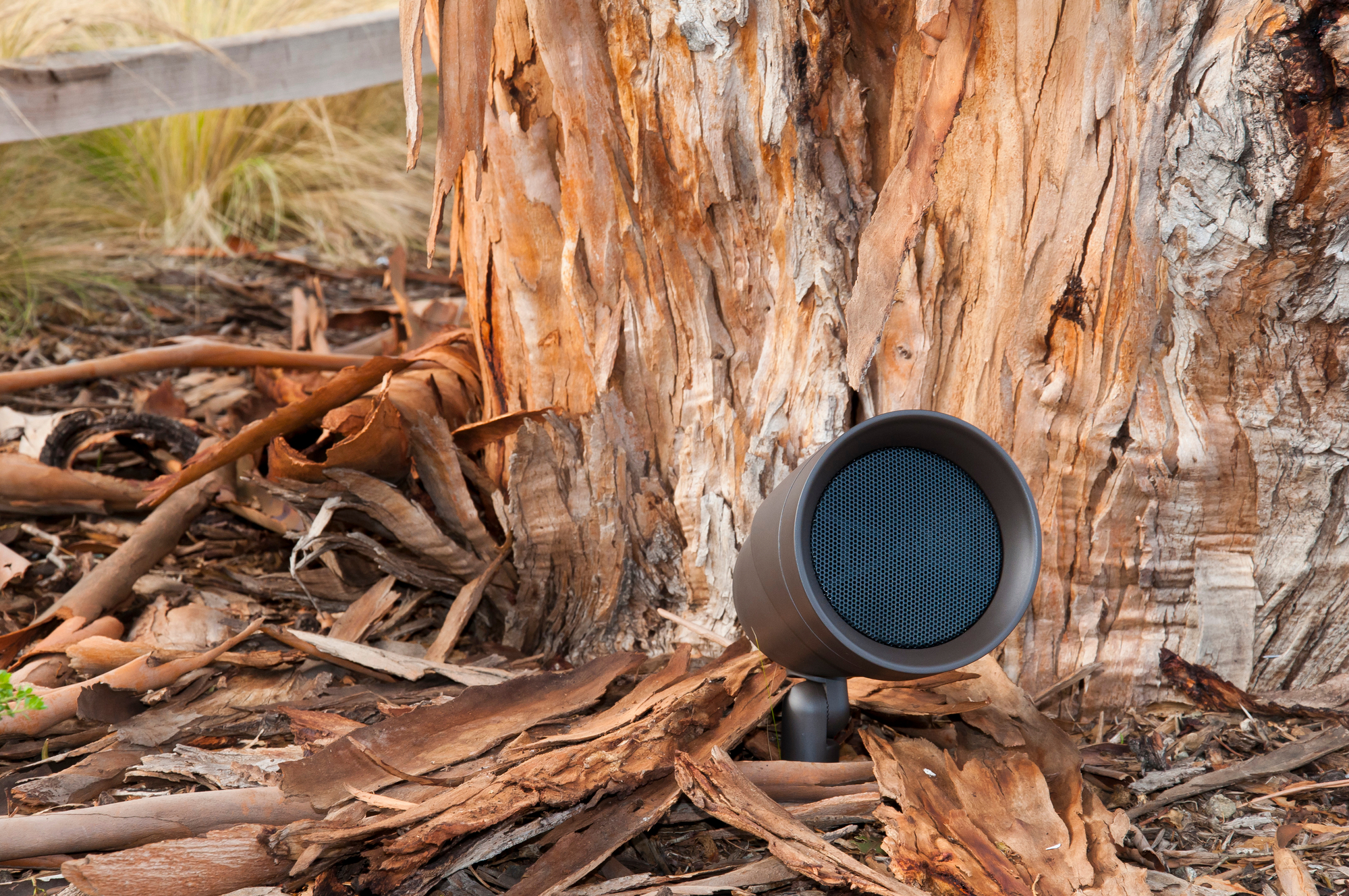Customizable Screen
The beauty of projectors is that they can be used on any surface instead of just ones. Many projector owners prefer to project onto custom-made screens or white-painted walls to assure quality, but this isn't required. You can re-adjust your home theater projector infinitely because it doesn't require a set frame size.
Do you need a massive image for a blockbuster film? Or perhaps a little one to fit into a small space? One projector can accomplish both, and its image may be projected onto any flat surface!
Reduce Eye Strain
When it comes to eye comfort, projectors have two distinct advantages. Because projector users can project larger images, eyestrain is less of an issue. When looking at small graphics and images on a TV, viewers are forced to go closer to their screens and struggle to focus.
Additionally, the type of light emitted by projectors reduces eye strain. The use of reflected light in projectors has a lower visual impact on the eye, unlike the emitted light of TVs. So you can comfortably binge-watch to your heart’s content.
Compact Size
While a large-screen TV's size may dazzle some, it also restricts the device's mobility and utility. A projector the size of a laptop, on the other hand, can display a large image on a variety of surfaces but also has versatile placement.

![5 Tips to Make Your Speaker Last a Lifetime [+1 Bonus!]](https://www.avdci.com/images/easyblog_articles/124/b2ap3_large_CI_Make-Your-Speakers-Last-A-Lifetime_Header.jpg)






